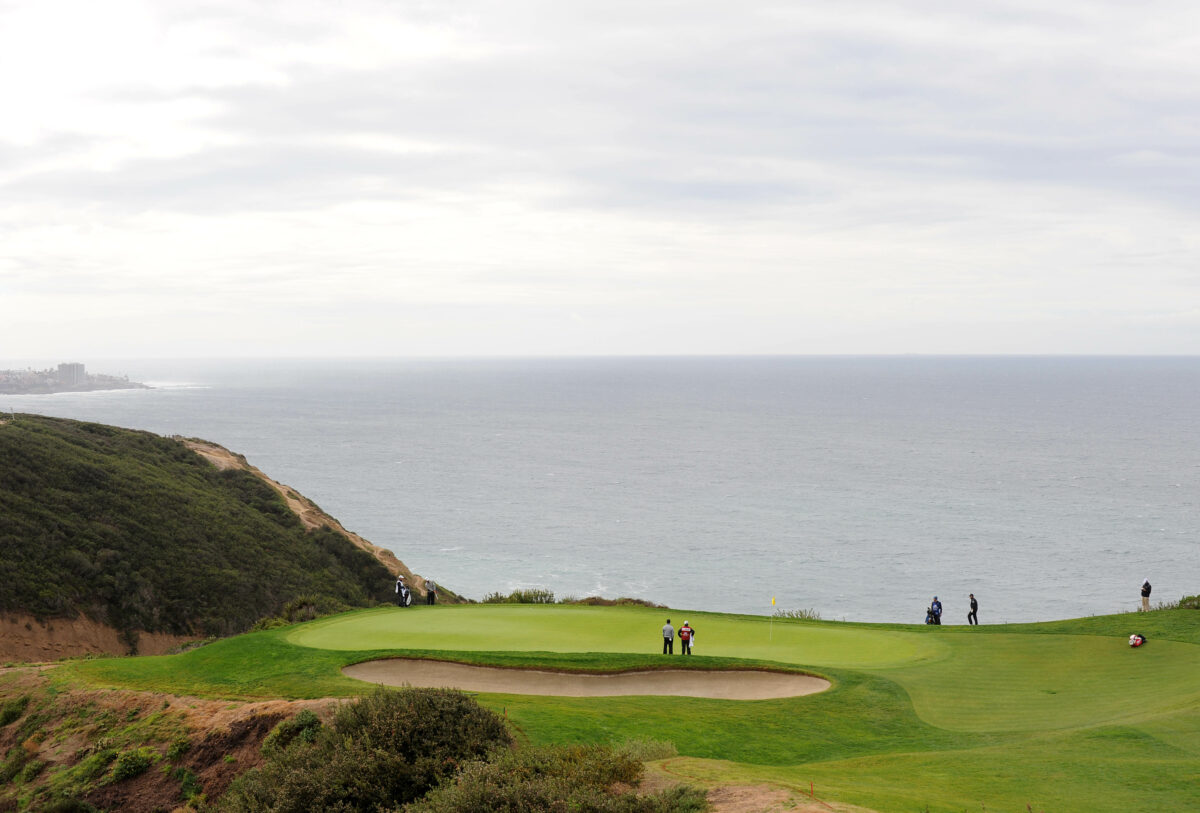Perhaps the greatest example of how differently the two sides see the California Assembly bill now known as AB1910 is what the opposing sides call it.
Assemblymember Cristina Garcia (D-Bell Gardens) calls the bill she authored “Incentivize Conversion: Accessible Open Space & Affordable Housing.” Officials at various golf organizations in the state who oppose the bill refer to it as “The Public Golf Endangerment Act.”
The bill, which would allow municipally owned golf courses in the state to be transformed into affordable housing, is now in its third life. Garcia introduced the bill, known then as AB672, last year, but it never advanced out of its first committee. The bill was re-introduced in January and made it through two committees before stalling and dying in the assembly’s appropriations committee.
Garcia has now introduced the bill again with a new number but with the same basic intentions of the bills introduced last year and again in January. The legislation would allow the state to redevelop municipal golf courses into affordable housing. The earlier version of the bill focused on municipal courses in densely populated urban areas, but the current bill could allow development of any municipal course in the state. The fact that Garcia has now introduced the bill three times shows how dedicated she is to the idea.
“Studies show low-income communities and communities of color lack access to open space and lack housing security,” Garcia said in a tweet on her account as assemblymember for the 58th district. Garcia is also leaving the assembly to run for a newly drawn U.S. congressional district. “#AB1910 will chip away at these two injustices to help ensure that everyone is safely housed AND has open space to recreate.”
[listicle id=778118257]
Arguing for the future of the game
The powers in golf have pushed solid arguments about stopping the bill, including how a municipal golf course can be a center of recreational activity for a community, not just a place to hit a small bucket of balls or a place to play nine holes every once in a while. But the sport’s leading figures do point out two major issues with what Garcia has proposed, other than the feeling the bill circumvents the state’s Park Protection Act and that it could decrease the number of courses in the state.
First, groups like the Southern California Golf Association and the PGA of Southern California obviously feel that the bill targets golf, because there is no mention in the proposed legislation about converting soccer complexes or recreational baseball stadiums or tennis facilities. Only golf courses are specifically mentioned.
“The ONLY ‘accessible open space’ targeted is golf,” said Craig Kessler, director of public affairs for the Southern California Golf Association in an emailed letter to SCGA members about the re-introduction of the bill last week. “The Assembly Member’s Tweet on the subject makes that clear. A very large golf ball appears prominently; not open space or housing – a golf ball and little else, a popular name brand no less.”
Second is the idea that by going after municipal golf courses first, the door could be opened to propose development of other golf courses in the state in the future.
“Public parkland golf courses (municipal) are 22.3% of California’s golf stock; however, for reasons we have outlined in detail many times over the last year, the line from this bill is a straight one to the state’s daily fee and private club facilities,” Kessler said in his letter. “In both cases, it’s all about the land all the three species of course sit atop, and golf’s continuing legitimacy to employ that land as it has for more than a century.”
Even as the powers in golf in the state celebrate the bill’s two previous failures, they have to understand that this third attempt at passing the bill might not be the last. The SCGA, the SCPGA, the California Alliance for Golf and golfers themselves have to keep pressing the message that any golf course, but particularly municipal golf courses, are important to communities in general, not just to golfers.
The attacks will be coming, and so the defense must keep coming as well.
Larry Bohannan is the golf writer at the Palm Springs Desert Sun part of the USA Today Network. He can be reached at larry.bohannan@desertsun.com or (760) 778-4633. Follow him on Facebook or on Twitter at @larry_bohannan.
[mm-video type=playlist id=01es6rjnsp3c84zkm6 player_id=none image=https://golfweek.usatoday.com/wp-content/plugins/mm-video/images/playlist-icon.png]


